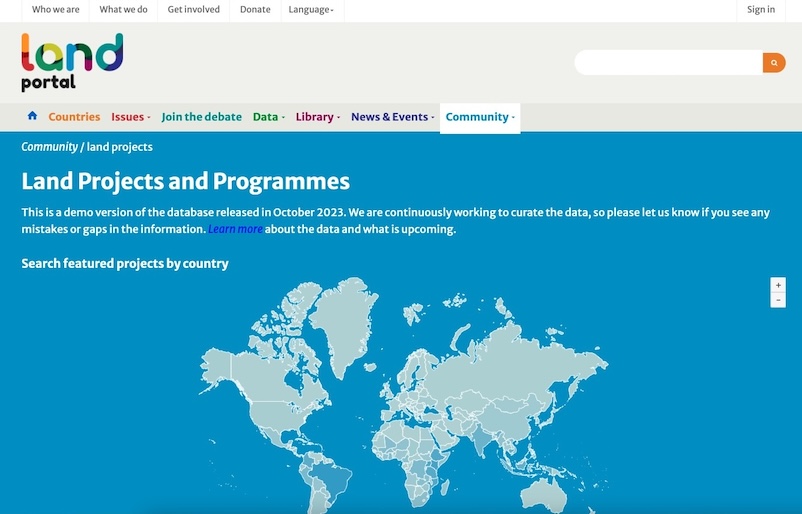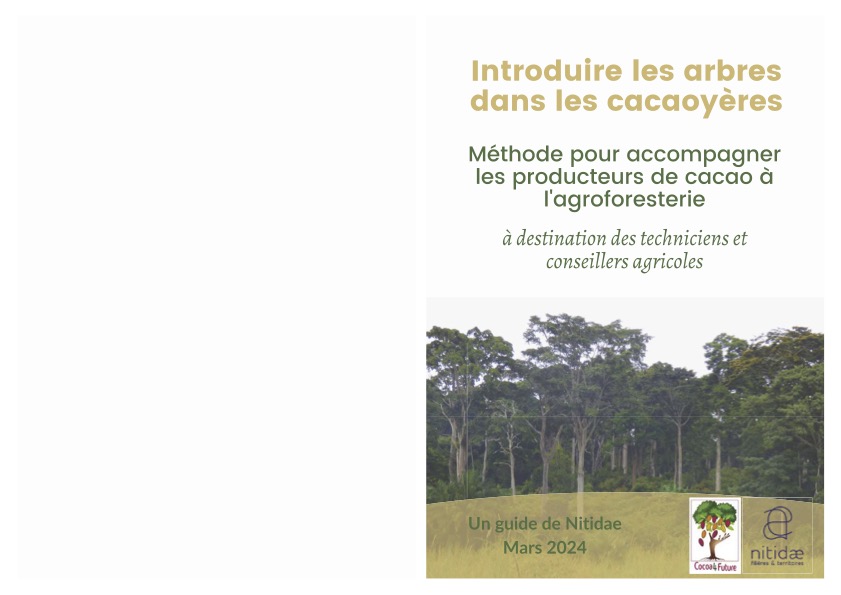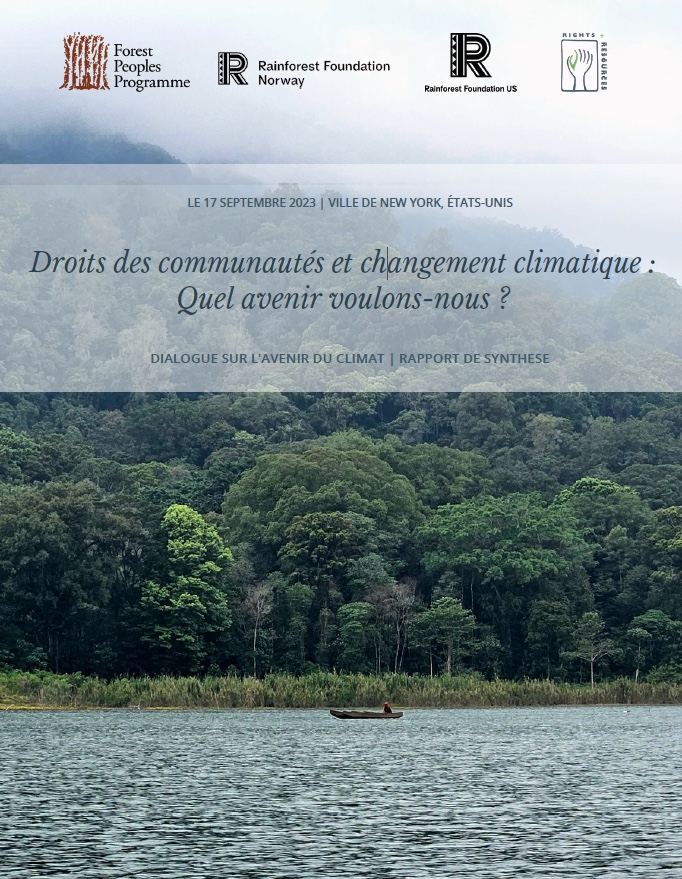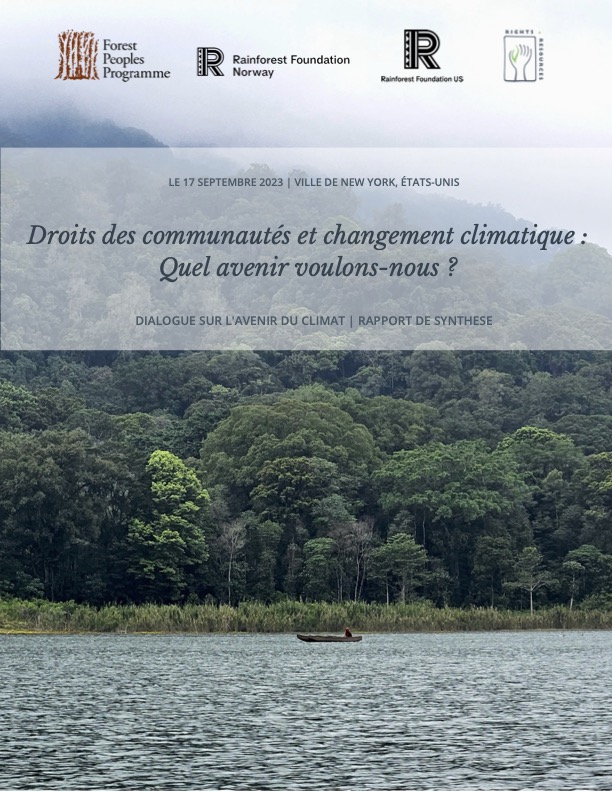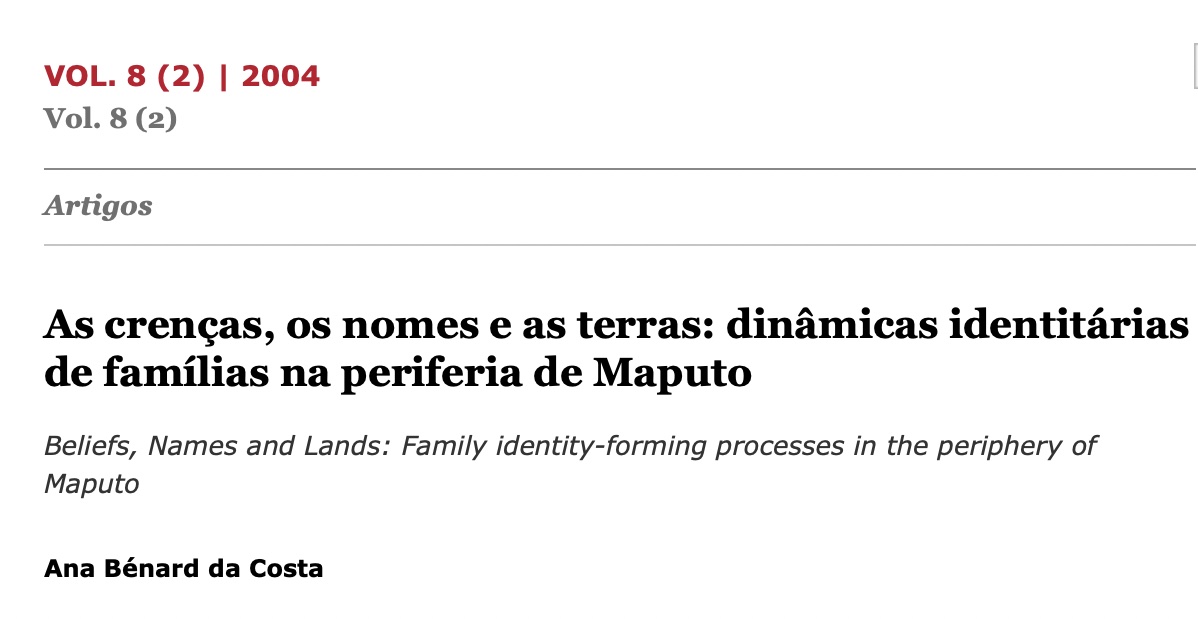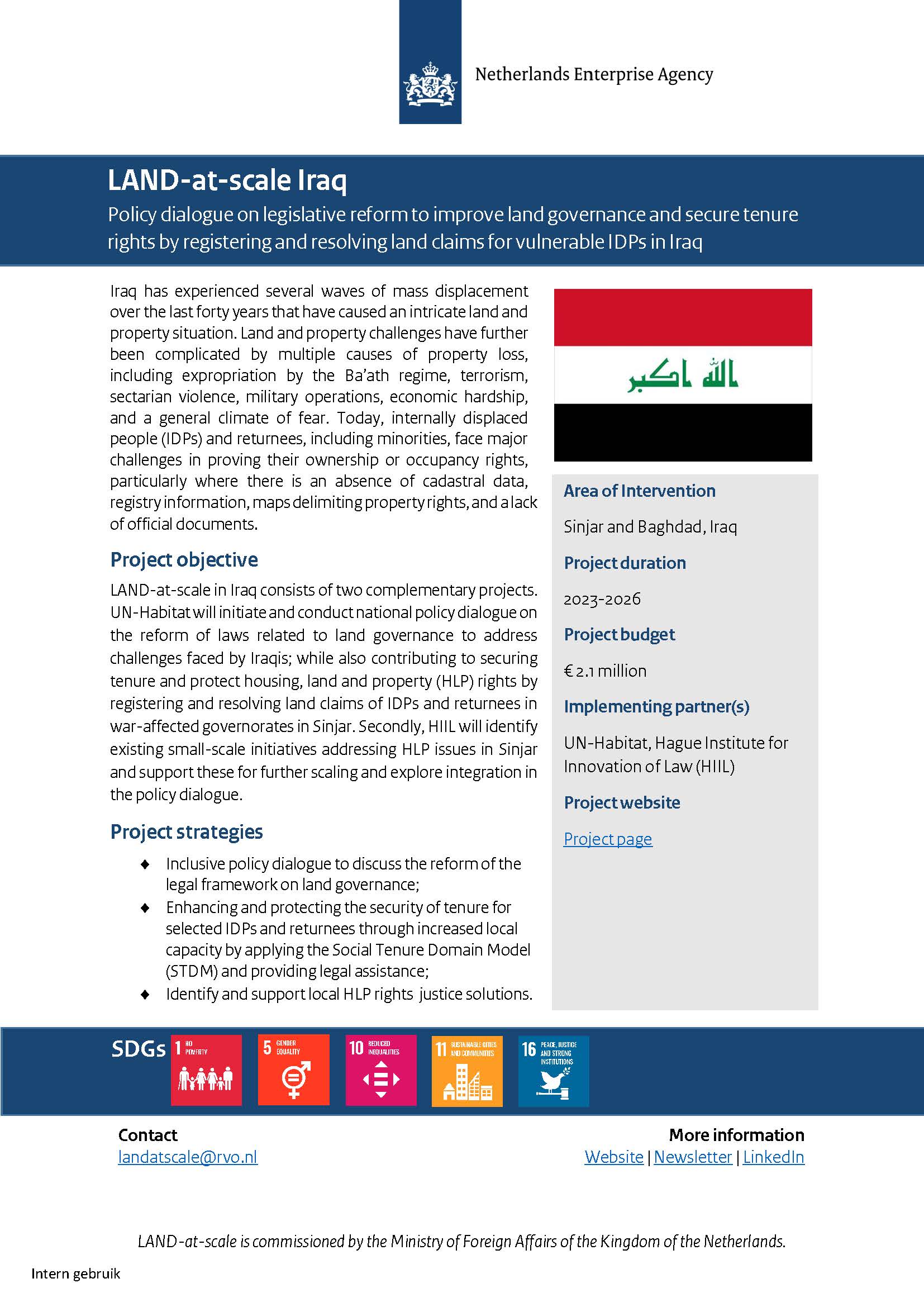Land Projects Database - dataset version from 26 March 2024
This is the dataset from 26.03.2024 of Land Portal's Projects Database - a dataset curated by the Land Portal's team. The dataset includes information about +3,800 development projects with objectives related to land governance. Most of the projects have been sourced from the International Aid Transparency Initiative (IATI), and some have been provided directly by donor or implementing organizations. A number of projects may have a broader scope, e.g.

